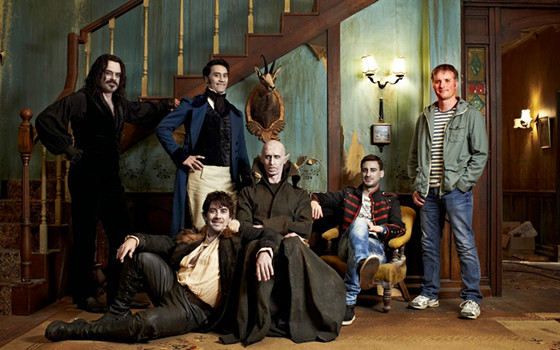
The 2014 comedy “What We Do in the Shadows” developed a cult following upon its release. Directed by Taika Waititi and Jemaine Clement, who also wrote and starred in the movie as Viago and Vladislav, respectively, this mockumentary became one of the most acclaimed comedies of this second decade of the 21st century.
Uniting an acid humor, a playful environment between those pretty old people in this sort of a vampire frat house, and the amazing form used by the directors to tell this story, “What We Do in the Shadows” continues to gain more and more recognition worldwide.
Curiously, this is probably the movie that provided the chance for Waititi to direct “Thor: Ragnarok”. It does not matter if you like or dislike the superhero genre – it’s pretty impressive and bold for a studio as big as Marvel to hire someone, whose specialty seems to be comedy (and he is a real specialist as we can see in this film), to helm one of the biggest superhero releases of 2017, and his influence with a comedic touch is clear in the first trailer of the god of thunder movie.
With great characters and a setup that makes this narrative (or documentary) flow in a very funny way, it is not wrong to say that “What We Do in the Shadows is one of the most interesting comedies of this century that has just started.
So, here we list six reasons why this movies is one of the best comedies of this century. But first, let’s warn you that we’re gonna have some spoilers up ahead.
1. Its approach on the pop culture appropriation of the vampire myth
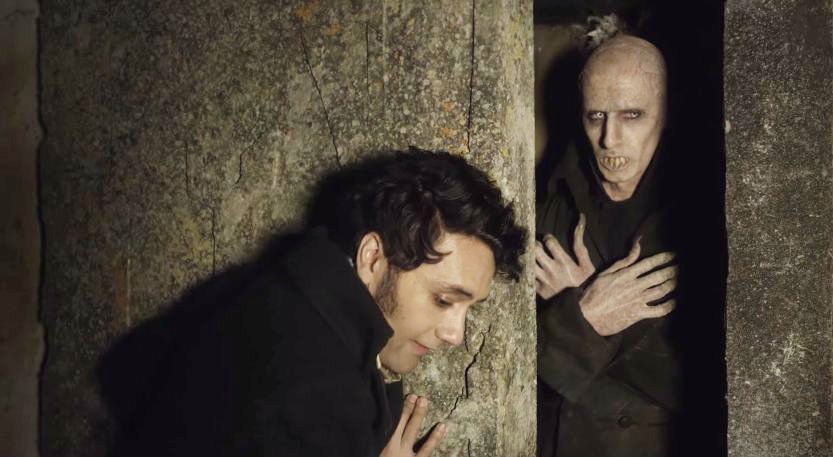
When the Twilight Saga first gained media attention, especially upon the movie’s release in 2008, vampires became a big thing in pop culture again. The story written by Stephenie Meyer sold millions of books and in movie theatres it made way more than $3 billion at the box office.
This phenomenon got vampires (and werewolves) into the spotlight again and was responsible for shows like “The Vampire Diaries” and “Teen Wolf”. And let’s not forget the 50 Shades franchise that has its last movie installment set for 2018.
Taking something so popular in this particular decade’s pop culture and subverting it into good comedy is one of the greatest achievements of this movie. The way those vampires feed themselves, the way they use humans to do their chores with the promise of turning them into immortals, and the old rivalry with the werewolves make amazing comedic situations all seen in those similar vampire books, movies and TV shows.
2. Its characters…
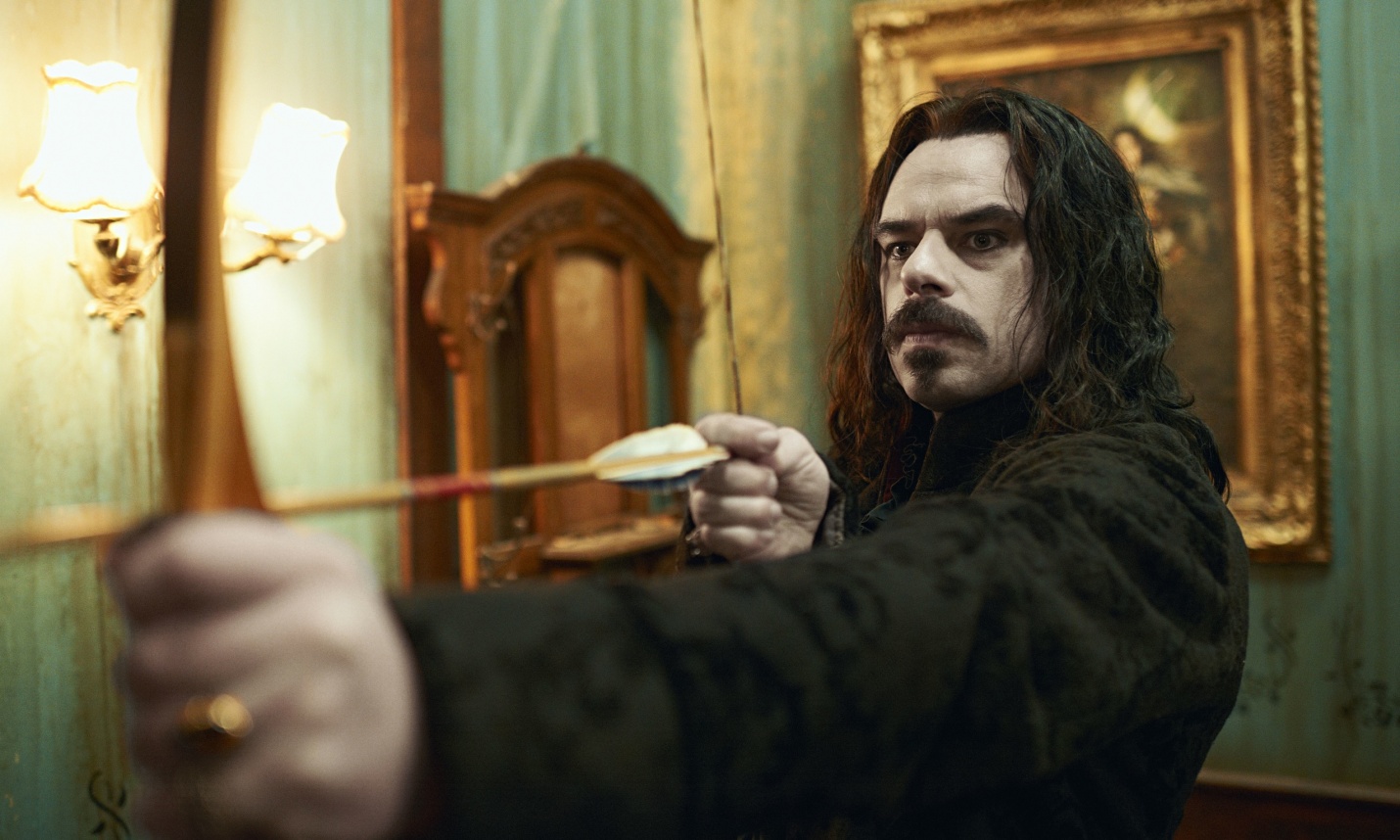
Looking closely on the behavior of Vladislav, Viago, Deacon, Nick, Stu and Petyr, we cannot say they don’t seem real. These personalities allied are one of the most charming and attractive aspects of this film.
The really old vampire who doesn’t do much, the lover with romantic trauma, the guy who lost the love of his life decades ago – Waititi and Clement’s writing make those vampires as real as any character outside of the fantasy genre.
Although this seems like a bold move, because it should be a lot tempting making them as ‘fantastic’ as possible, the writing makes us relate those characters with others we know outside the horror/fantasy genre. They have flaws, odd habits, a particular way of speaking and feelings as any interesting human character should have, and it’s a really good thing they are not thinking about blood all the time.
Sometimes in comedy, the writers forget to develop the characters and focus mainly on trying to create funny situations and gags, but this is absolutely not the case with “What We Do in the Shadows”. Following the routine of that group of vampires makes us understand their motivations and the pain that eternal life can cause while delivering lots and lots of great comedic moments.
3. …and the relationship between those characters
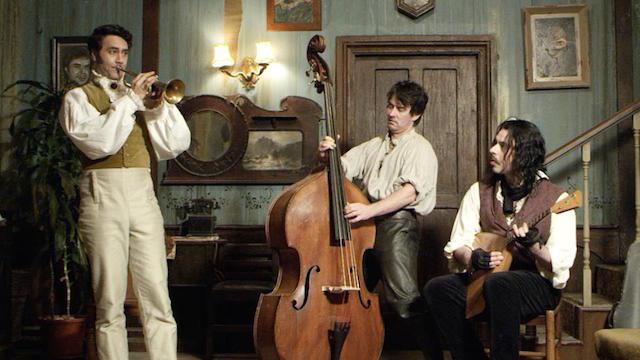
One of the most interesting thing about the movie is seeing those vampires facing ordinary everyday problems. Things like doing the dishes, cleaning up the mess after a meal (especially when we consider that they drink human blood), and the ultimate panic of sunlight are showed as such a big deal for this group of vampires.
Seeing the chemistry between the uptight Viago, the angry Vladislav, and the rebel Deacon is pure humorous gold and the most impressive thing is that the screenwriting sets it up right on the first scene, when Viago goes waking everybody up as soon as the sun goes down. That’s an amazing way to introduce those characters.
Their problems with Nick – who was supposed to be their meal at first – and the implications that hanging out with him have to their gang (R.I.P. Petyr) is essential for the narrative to flow and with a closer look, Nick’s character is the one that connects all the acts of this film.
Although it’s something we all have seen in the truly great comedies, it is always great to see this concern when analyzing the writing of this picture. All characters have great and complex personalities and it makes their interactions seem real, something that is kind of abandoned sometimes in fantasy and comedy.
4. The mockumentary form
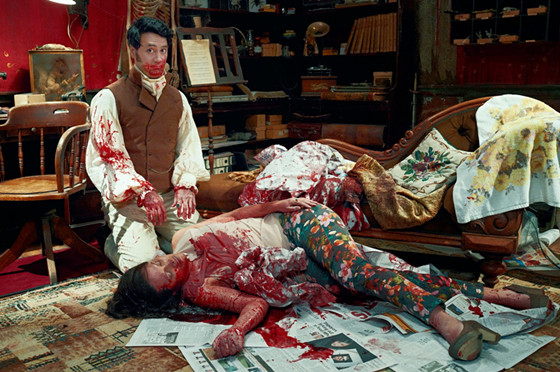
Choosing the tone or the form a story needs to be told properly is an essential part of the filmmaking process. Right at the first moment of this film when we see the warning that states every member of the crew wore a crucifix, we know the tone of the movie we’re about to watch.
Mixing the statements from the characters with “real records” of their everyday life, we are able to know and care about them. Those interviews are especially necessary to deepen the audience’s relationship with those vampires.
Even the recordings of their casual meetings with the werewolves are hilarious because it plays with the sensationalist approach we see everyday in the news. The camera is always moving and framing according to the needs of the story.
If this picture was filmed in a more traditional way, not playing with the documentary form, it would lose a great deal of its strength and comedic power. With that choice, allied with character development and the chemistry between them, we have what is probably the best mockumentary made in this century so far.
5. Its production design and photography
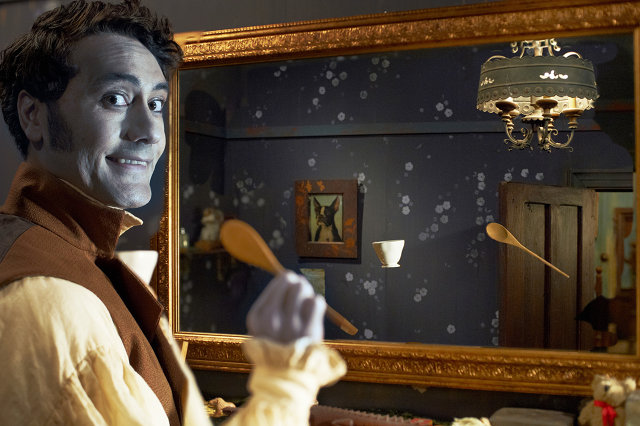
Often when analyzing comedy, we can focus so much on the gags and the script that we may end up forgetting how visually interesting a comedy film can be. And “What We Do in the Shadows” has an amazing production design and photography.
The clothes, the color palette, the lighting, and the choices of the vivid camera for the ‘real’ footage transmits that those characters are surely living in a different era than the one they were supposed to be experiencing.
All of the scenes have pretty complex lighting to emulate the natural environment in which the action is taking place. To blend lighting into the scene that way is really a great work from cinematographers Richard Bluck and D.J. Stipsen. The coloring is also remarkable.
From a movie to be truly good, all of the concepts need to be aligned. From the writing to the sets, going by their design, the clothes, the colors, the lighting, the way the shots are filmed and the staging, all of this needs to work according with what the story is asking for, and “What We Do in the Shadows” has all of this in perfect harmony.
6. Those vampires (and werewolves) are as human as we are
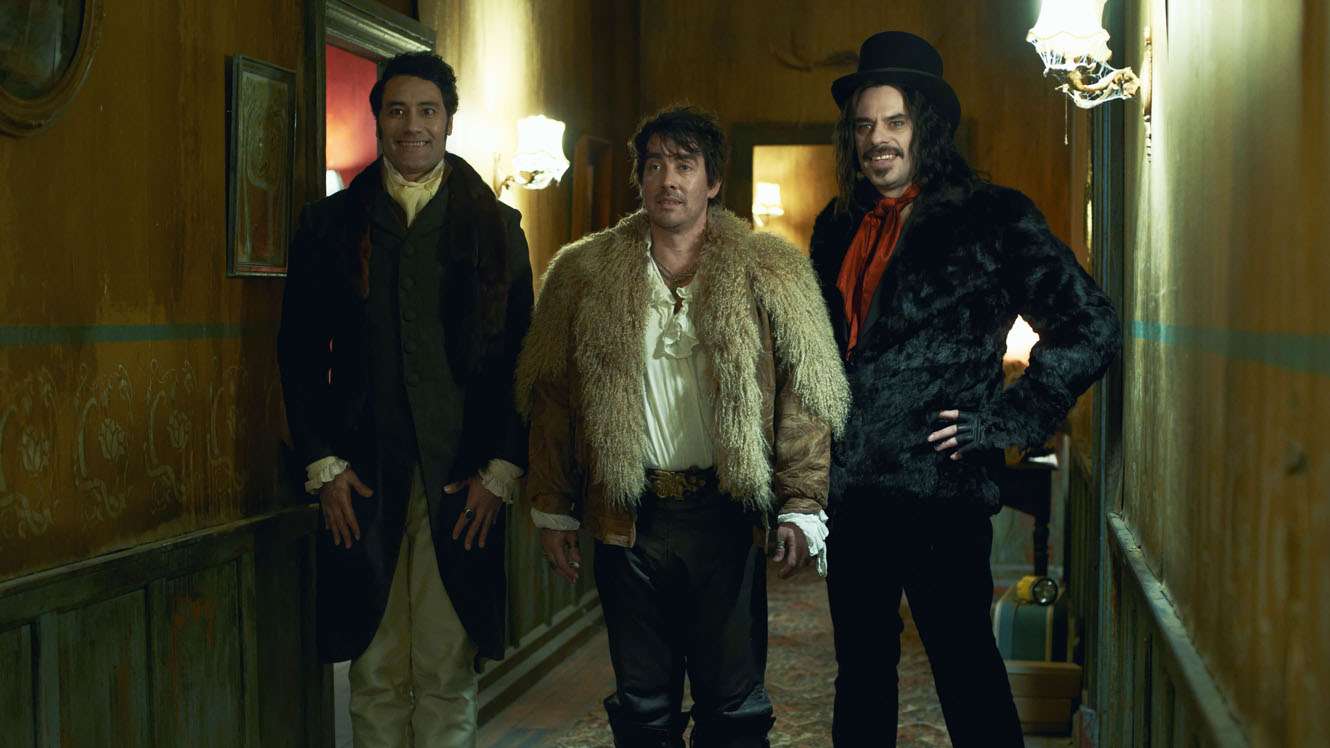
Choosing to make this vampires as humans as possible – despite the blood drinking, flying habits, and the fact that they would die if they face sunlight – is the best way to make the audience build a relationship with them.
Take, for example, Vladislav’s portrayal of The Beast. Although she turns out to be his ex-girlfriend Pauline, he talks about her in a way we might imagine is some kind of real mythical monster. For sure you have already heard somebody speaking of an ex in a similar way.
Stu, although a little bit stereotypical for comedic purposes, is someone who seems like an everyday person and whose work is efficient in the story for the meeting between Viago and the old love of his life. Even the werewolves deliberately chain themselves to trees and one of them says that they are wearing the wrong clothes for the occasion – that is, a full moon night, transforming into a werewolf.
Despite talking about a fantasy scenario, those little traces and situations that those supernatural creatures have to face surely brings the audience closer and closer to them as the story develops.
So what do you think? Is “What We Do in the Shadows” one of the greatest comedies of this century? Do you know or feel any other unlisted aspects of the film contributes to its greatness? Share your thoughts below.
Author bio: Vítor Guima is a filmmaker, writer and musician from São Paulo, Brazil. Every day he watches a movie, reads a few pages from a book, listens to an album and freaks out with the feeling of not having enough time to see everything. You can follow him on Instagram on @ovitorguima.